Solving a slope
Gardening on a gradient is tricky, but the results can be spectacular.
Once the challenges are overcome a successfully planted slope can be a thing of great beauty, enhancing the environment while requiring little in the way of maintenance. The steeper the incline, the more desirable it is to establish planting that quickly looks after itself.
Apart from the obvious safety hazards, gardeners with slopes are faced with shallow erosion-prone soils. Water runs down hill before it gets the chance to soak in, and soil that’s not covered goes down with it. Wind makes life even harder for plants, especially when it carries salt from the sea.
Lawn or pasture will help bind erosion-prone soil, but low maintenance shrubs and groundcovers are a more sustainable option. Eco-sourced native plants are unrivalled when it comes to revegetating wilderness areas such as coastal cliffs and stream margins. For any large slope, the easiest long-term landscaping solution is to establish as quickly as possible a permanent cover of native plants.
But what if you’re a keen gardener and a slope is the only ground you have? Professional assistance is a wise investment when major earthworks are involved, but you can make your hillside accessible by turning it into a series of flat areas connected by zigzagging pathways and steps.
The risk with terracing is that the resulting surfaces can end up with even less topsoil than they started with, and if the right planting cover doesn’t happen soon enough, weeds will be quick to colonise. It’s a good idea to bring in new topsoil to fill behind retaining walls, especially if you want to grow vegetables. Generally with retaining walls, a series of smaller ones is easier to install and usually looks more appealing than one big one.
Tip: When planting a tree or shrub on a slope, create a flat area (like a mini terrace) before digging your hole, either by cutting into the slope or building out using rocks or a post to hold the soil in. This way the water has a better chance of soaking into the root zone rather than running straight down the slope. Dig the hole three times as wide as the plants root ball and plant so that the roots and trunk are vertical. The flat area also makes it easier to add a 5-10cm layer of mulch, which will to conserve precious moisture.
Choosing plants for slopes
Dry lovers rule. For a dry slope that's difficult to water choose plants that cope in dry conditions. But be careful with the likes of succulents on clay soil; excess water must be able to drain away.
Mix it up. Mass planting can look fantastic on a slope, but a monoculture can be difficult to achieve. Planting a mixed palette will give a better chance of success and disguise any flaws. Over time the winners will fill the spaces vacated by any failures and you’ll wind up with a thriving collection of tough survivors best suited to your conditions.
Low spreaders. Vigorous ground-hugging evergreens are extremely useful for long term slope cover. Look for those that require little or nothing in the way of trimming while expanding their thickly clothed branches to protect the soil and block weeds. Clumping plants that put out new roots as they expand sideway scan help trap water and ensure more of it soaks into the soil.
Seeders. Plants that produce their own self-sown seedlings are a godsend when revegetating a large site. Conservation projects rely on the likes of manuka and coprosma and other free seeding natives.
Trees. Deep roots help bind the topsoil, improve water percolation and provide shade for young seedlings. The beauty of their foliage, flowers and birdlife is brought closer to eye level on a slope that is viewed from above. Think of pohutukawas framing blue ocean views.
Beware of imposters! There is a point where a tough survivor becomes a weed that threatens native bush. If you have a vigorous non-native plant that seems like the perfect quick fix for your tricky slope, check first with your local council or www.weedbuster.co.nz.
Shrubs & ground covers |
|
Name |
Common name |
Callistemon |
Bottle brush |
Ceanothus |
Californian Lilac |
Cistus species |
rock rose |
Coprosma species |
coprosma |
Flower Carpet roses |
carpet rose |
Grevillea varieties |
grevillea |
Juniperus varieties |
creeping junipers |
Metrosideros caminea |
crimson rata |
Muehlenbeckia |
creeping pohuehue |
Phormium |
flax |
Pomaderris edgerleyi |
kumarahou |
Rosmarinus varieties |
tariling rosemary |
Sophora |
kowahi |
Trachelospermum |
star jasmine |
Perennials and grasses |
|
Aeonium, Echevaria, Sedum |
succulents |
Arctotis |
African daisy |
Arthropodium |
renga renga lily |
Carex species |
NZ sedge |
Chionochloa |
dwarf toetoe |
Cortaderia |
toetoe |
Gazania |
African Daisy |
Helianthemum |
rock rose |
Helichrysum |
paper daisy |
Hemerocallis |
daylily |
Mesymbryanthemum |
Ice plant |
Osteospermum |
Cape daisy |
Pachystegia insignis |
Marlborough rock daisy |
Thymus species |
thyme |
Native trees |
|
Dodonaea viscosa |
akeake |
Metrosideros excelsa |
pohutukawa |
Pittosporum crassifolium |
karo |
Sophora species |
kowhai |
Leptospermum scoparium |
manuka |
1-Nov-2016
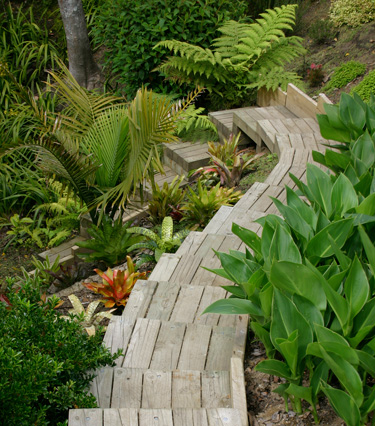
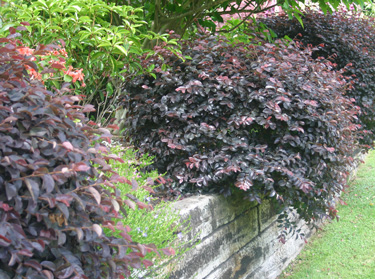
Loropetalum "China Pink"
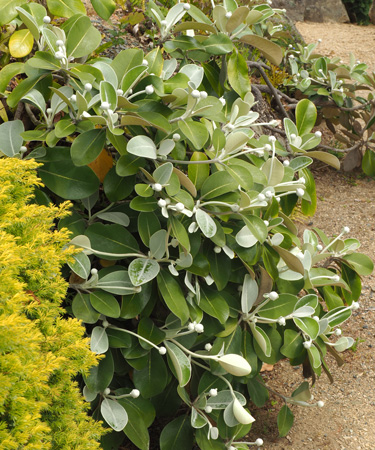
Marlborough Rock Daisy
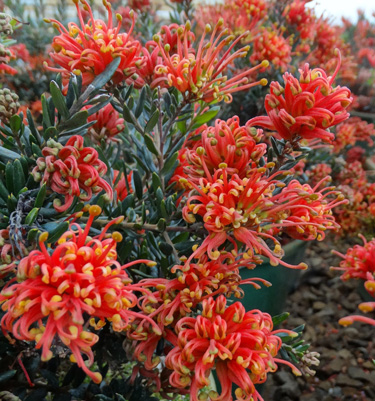
Grevillea "Knockout"
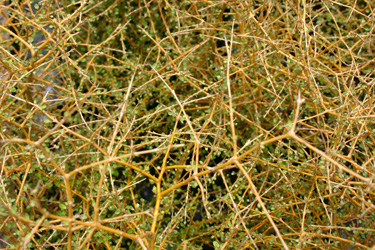
Coprosma acerosa
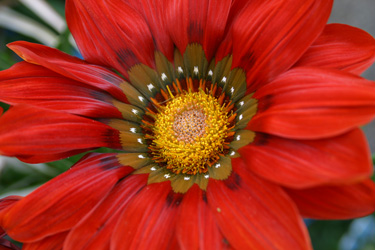
Gazania "Takatu Red"
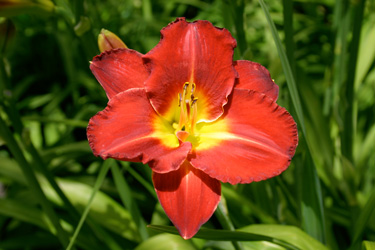
Daylily
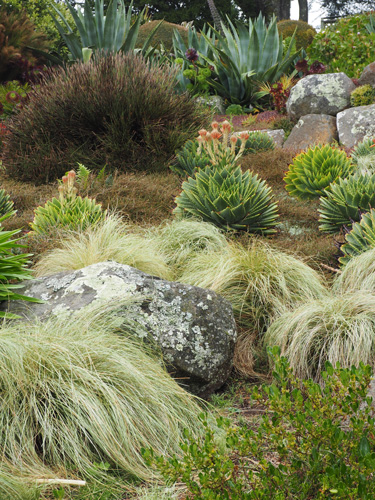
Aloe polyphylla with carex "Frosted Curls" and Coprosma goundcovers at Larnach Castle


